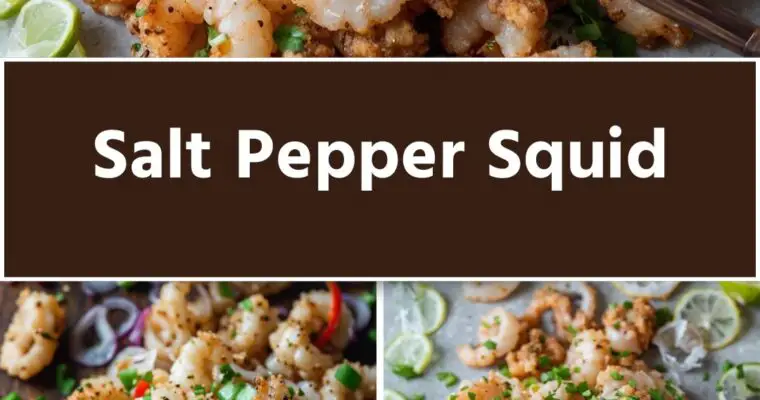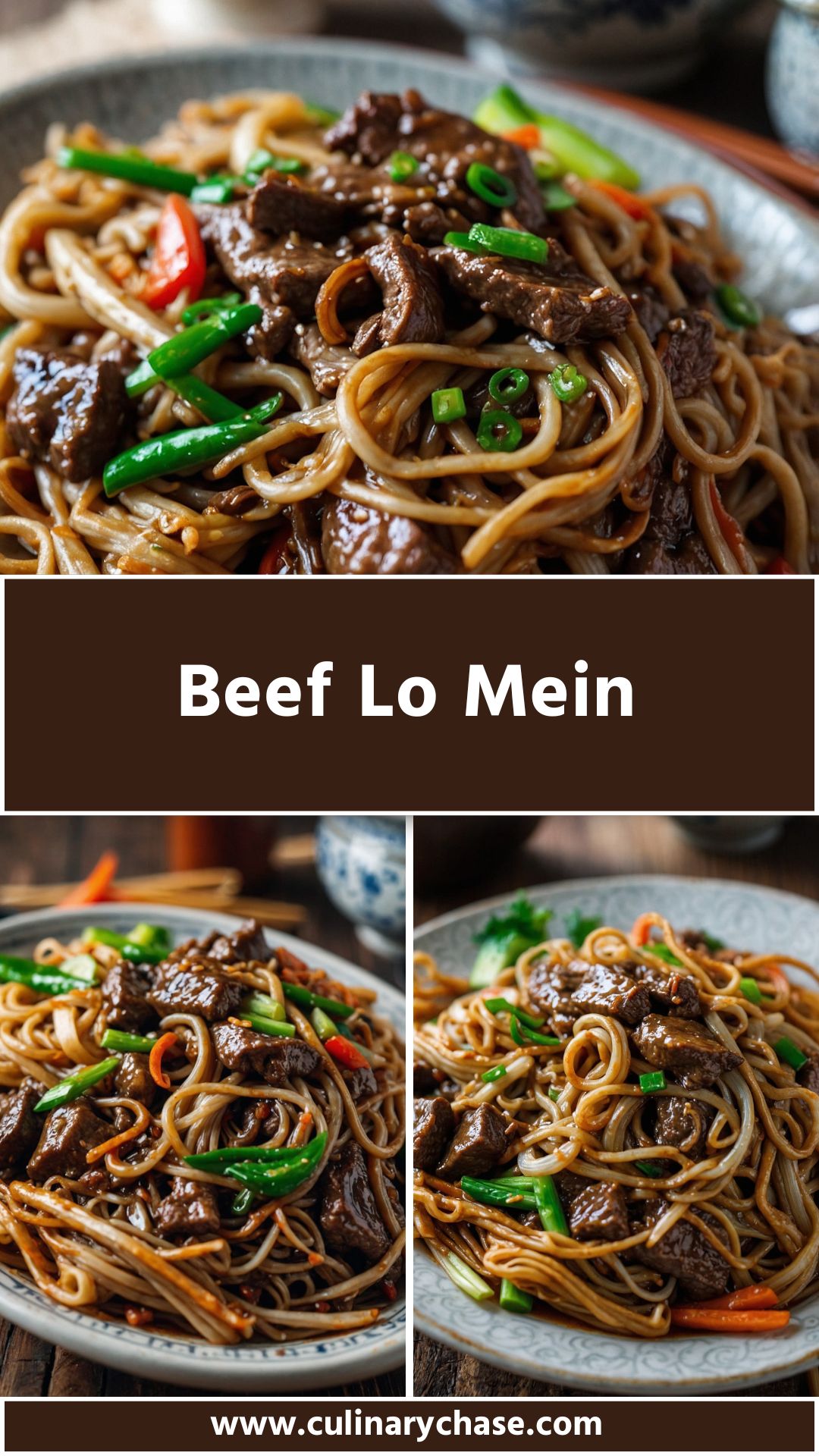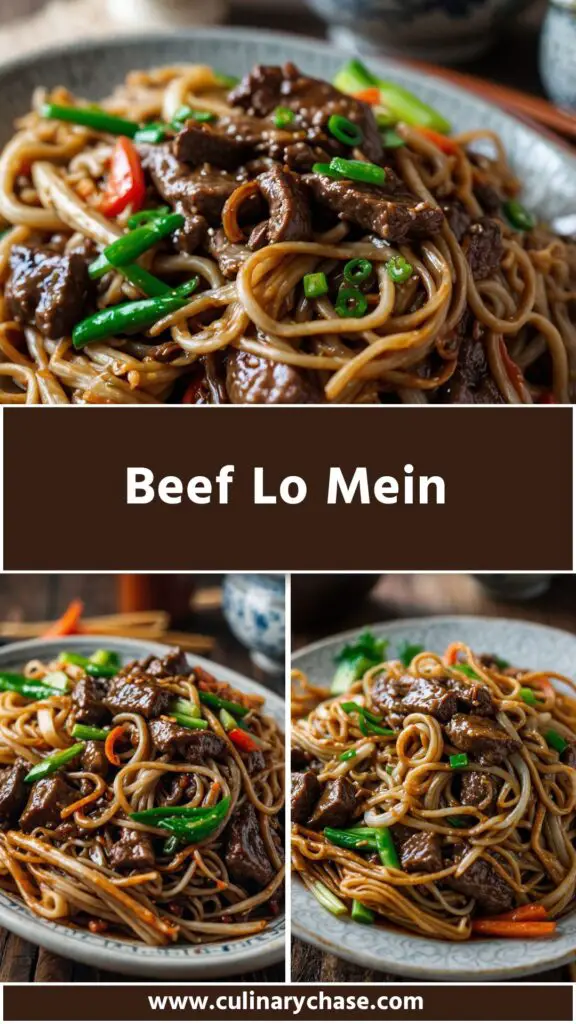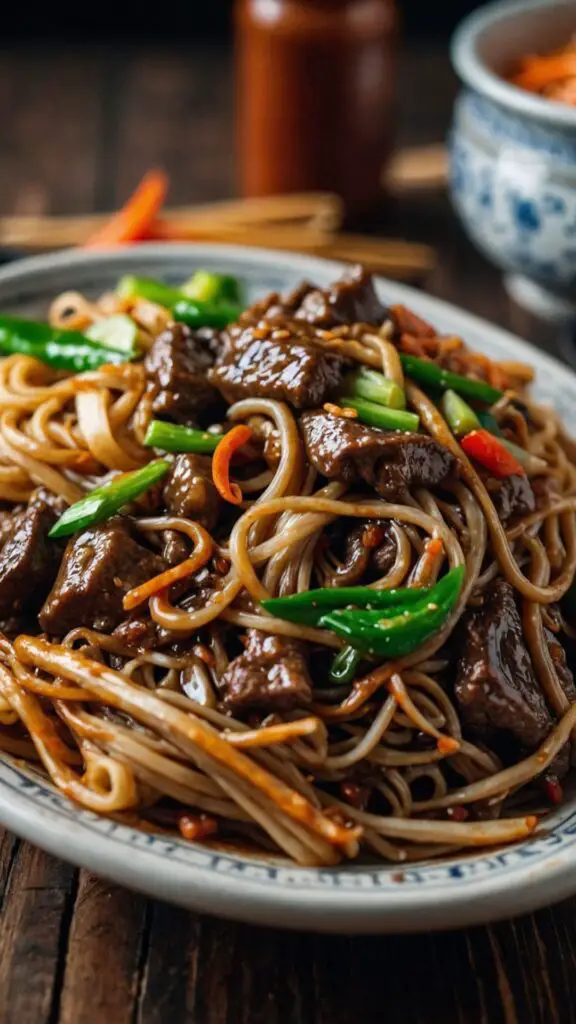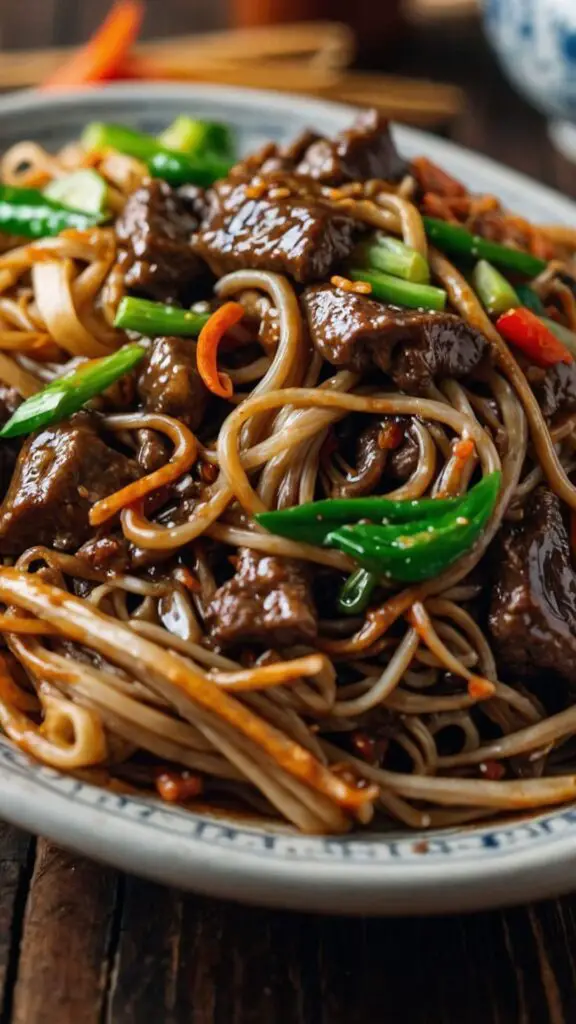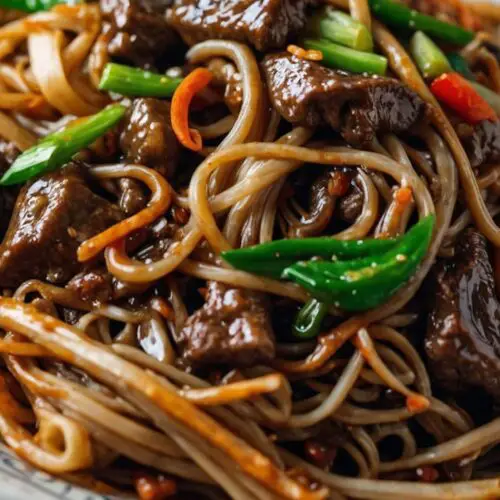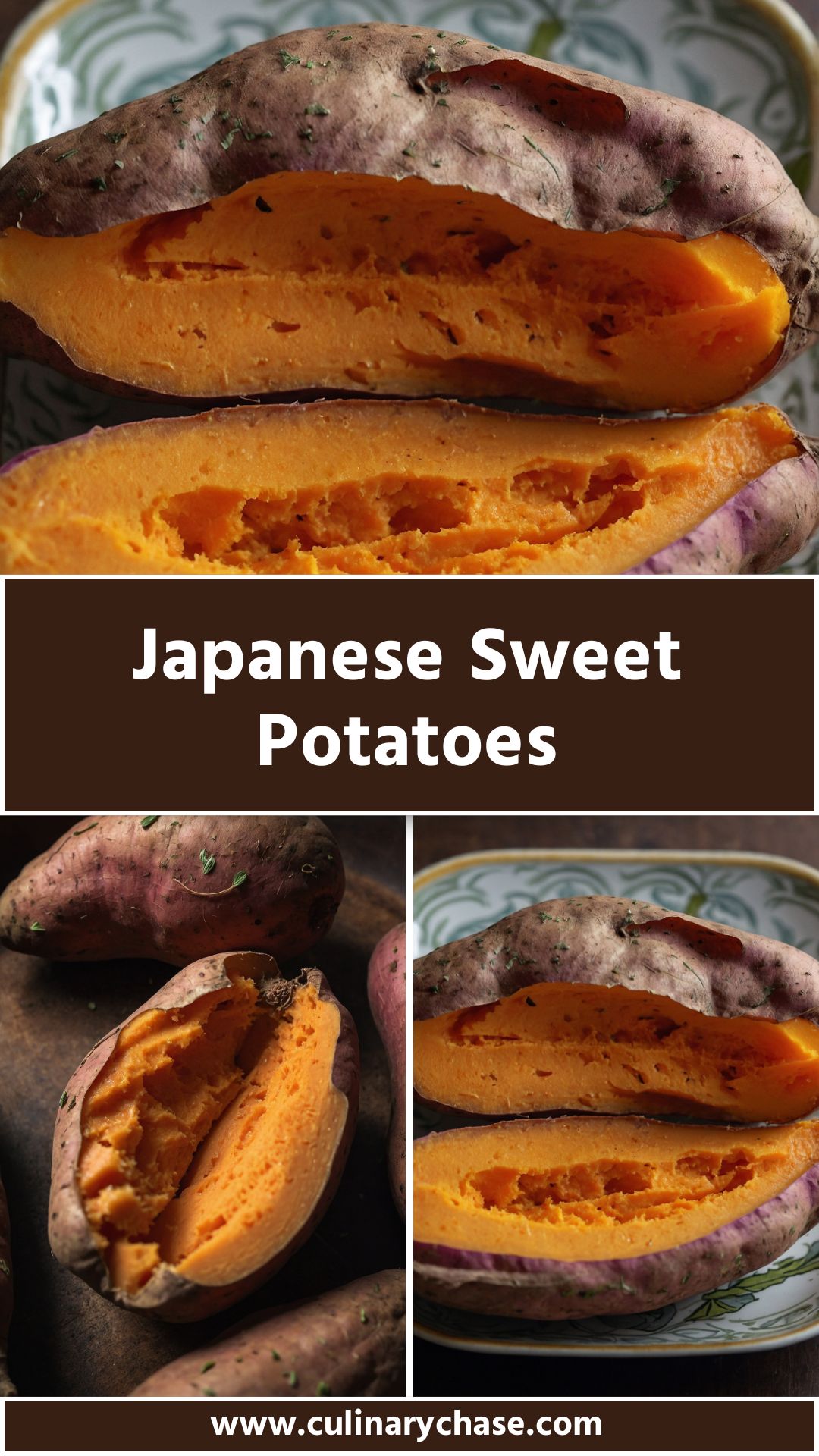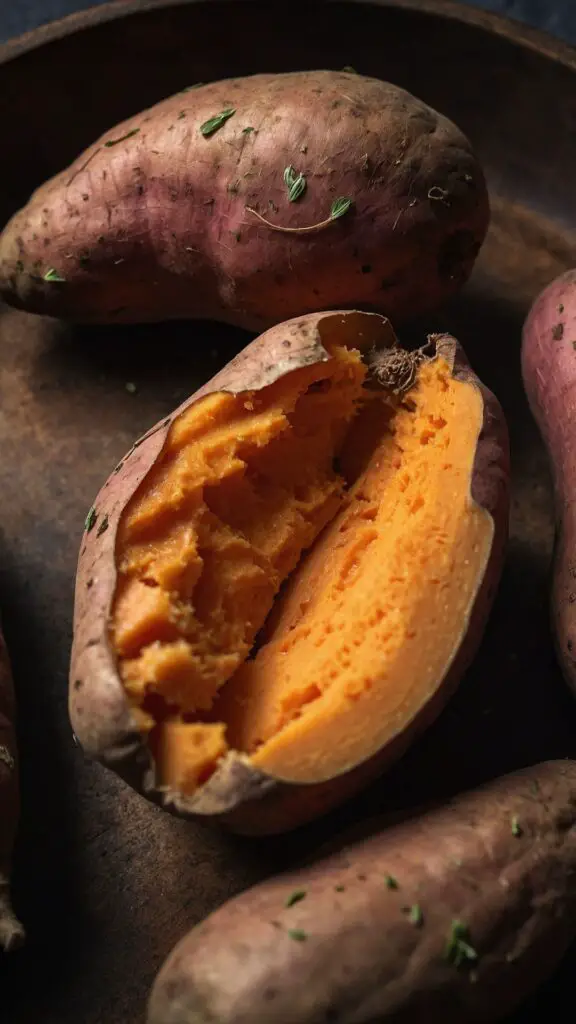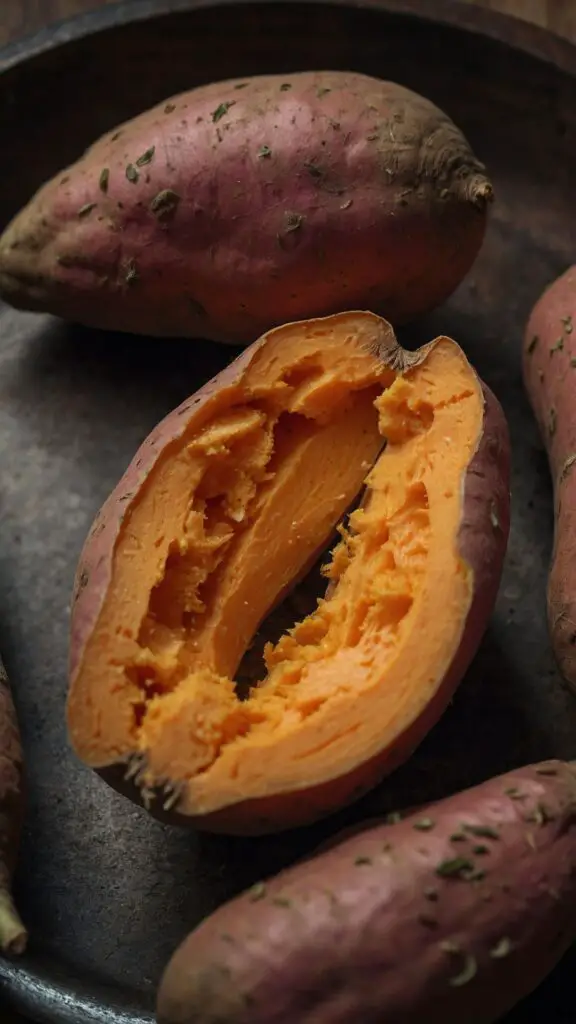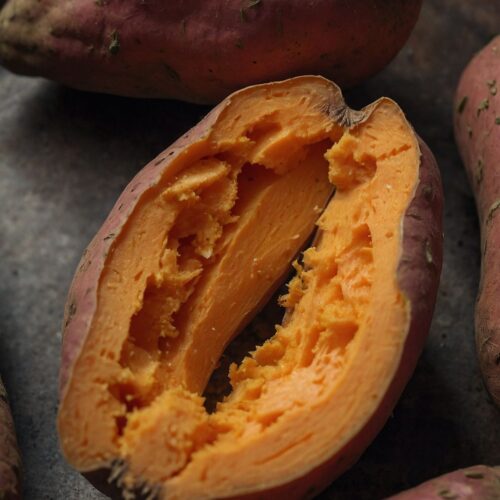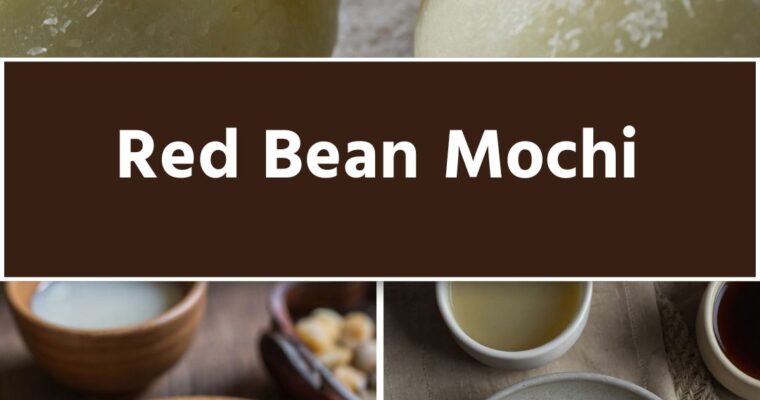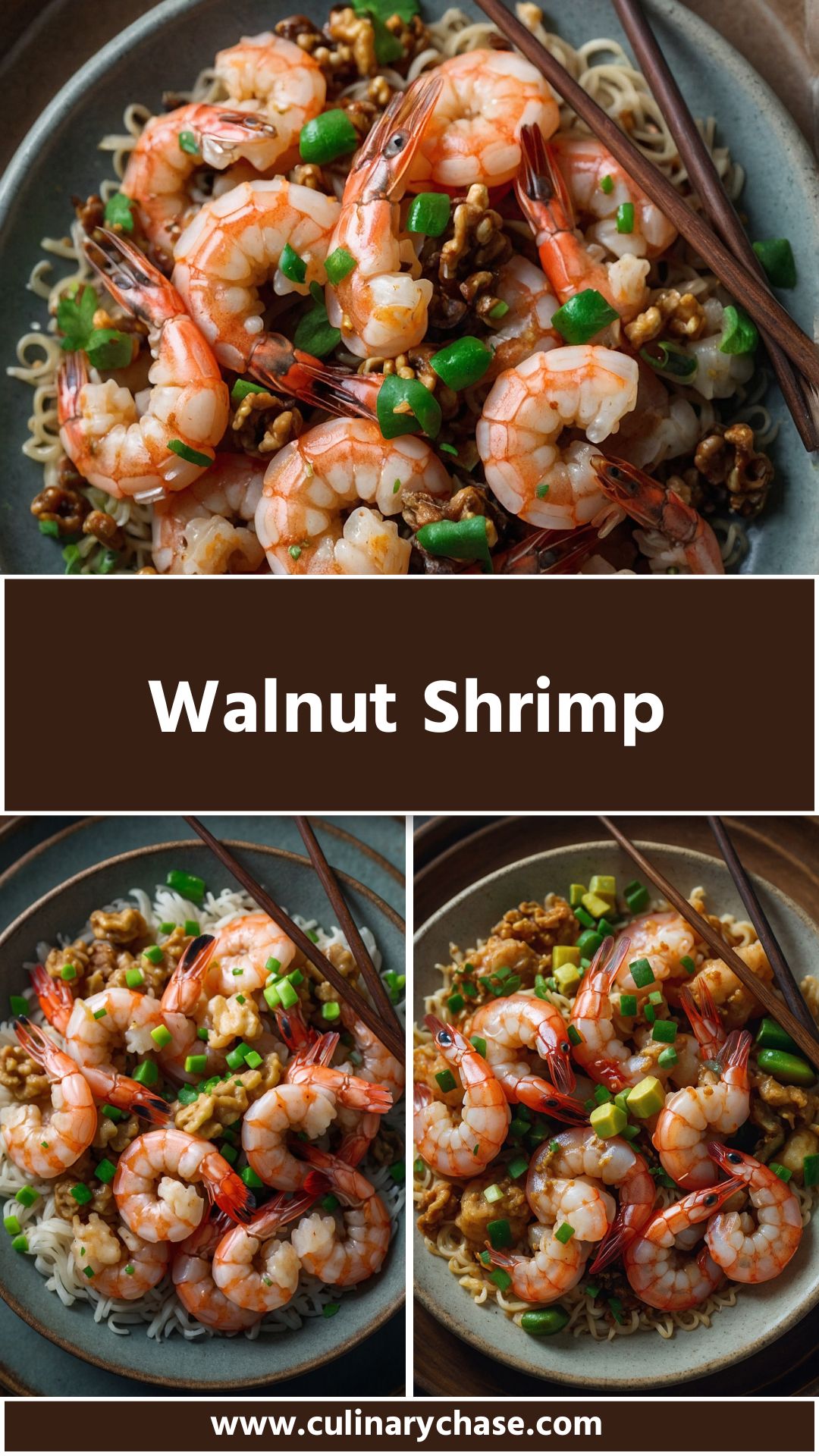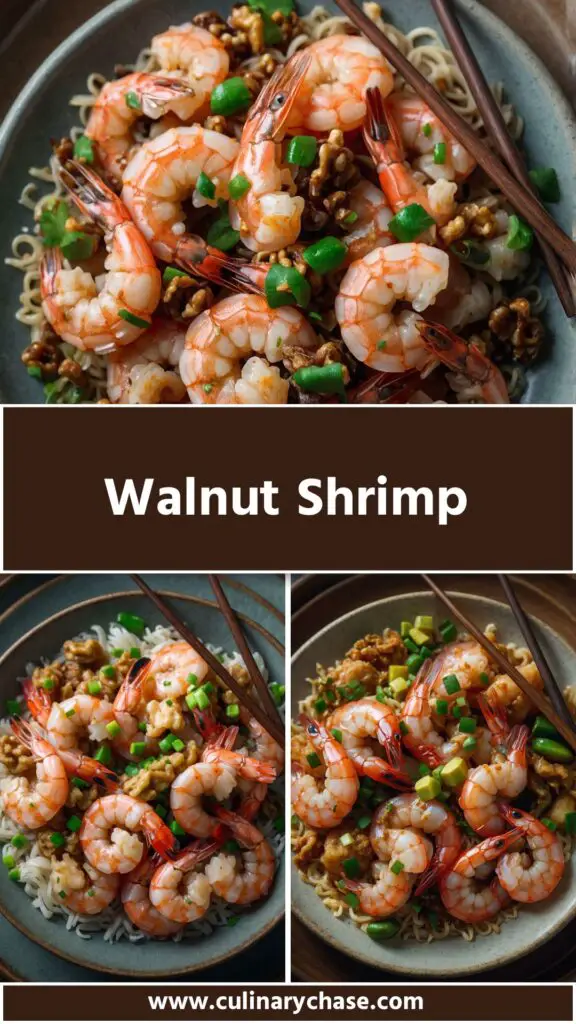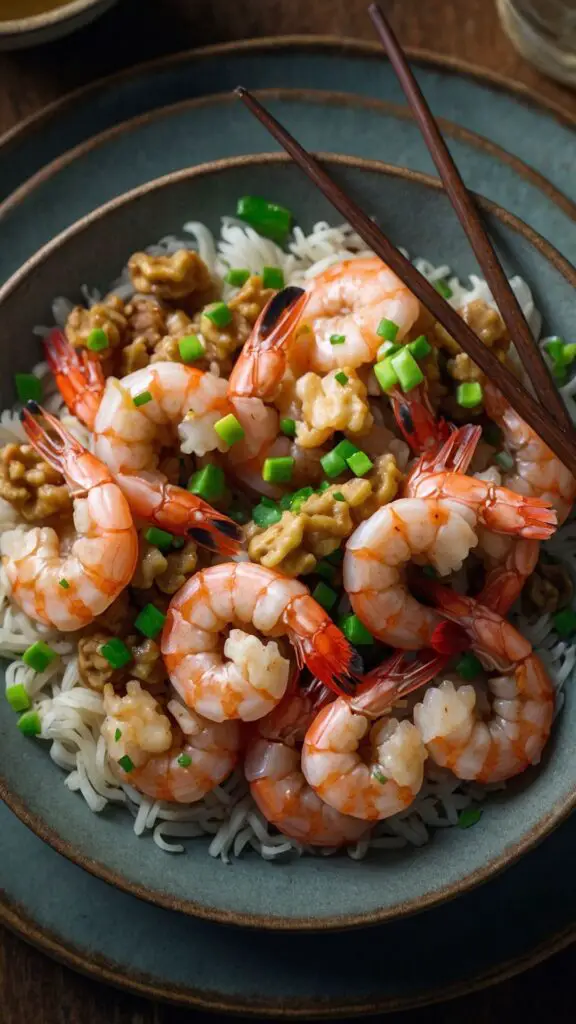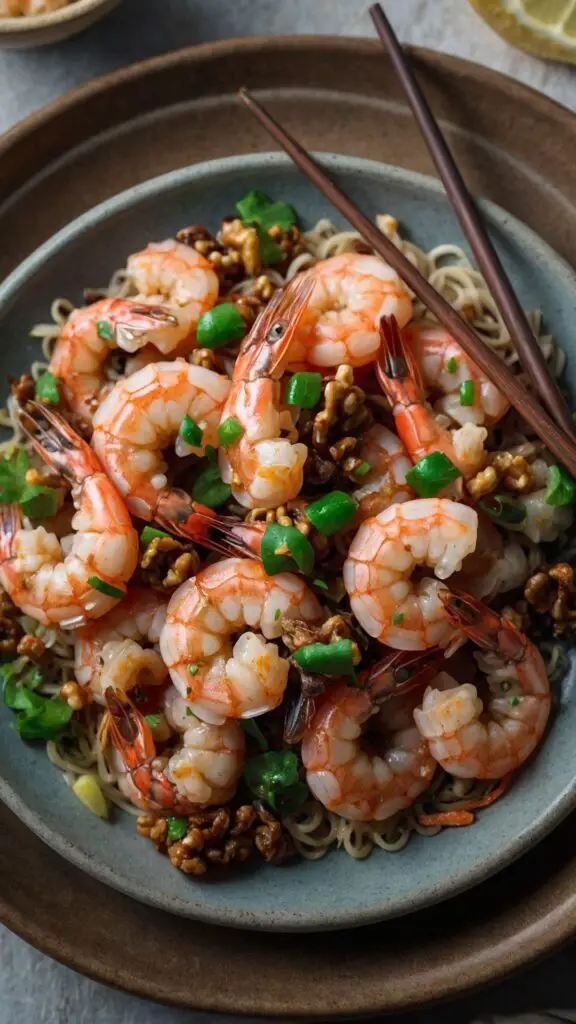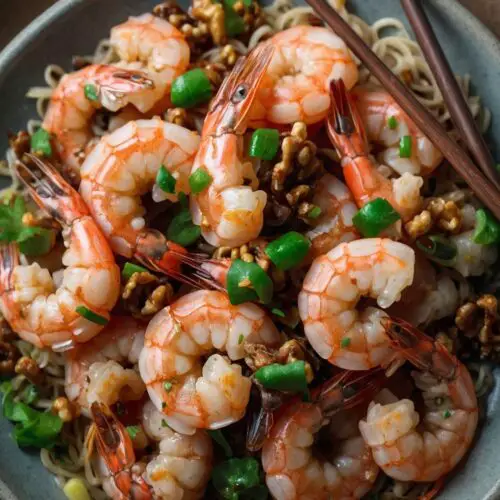What pairs well with a steaming bowl of beef lo mein? The answer is simpler than you might think. Picture this: a side of crispy spring rolls, perhaps? They add that crunchy texture that’s just delightful alongside the soft, saucy noodles. Or consider a refreshing cucumber salad, tossed in rice vinegar and sesame oil. The crispness balances the richness of the lo mein beautifully. For beverages, a chilled jasmine tea can do wonders, cleansing your palate between bites while a light beer can complement the savory flavors of the dish.
Now, you may be wondering what exactly makes beef lo mein so special, or maybe you’re just here to find the best way to make it. Either way, let’s dive into this delicious dish.
What is Beef Lo Mein?
Beef lo mein is a popular dish, cherished in Chinese cuisine. In essence, it consists of stir-fried noodles, tender beef, and an array of colorful vegetables, all tossed together in a savory sauce. The term “lo mein” translates to “stirred noodles,” which gives a hint about the cooking method. The dish shines with bright textures and flavors, bringing comfort with every bite.
I still recall the first time I tried beef lo mein at a family gathering. My cousin whipped up a batch, and we all huddled around the dining table, eager to dive in. The moment that first forkful touched my tongue, I was struck by the complex interplay of flavors – sweet, salty, and tinged with umami. It’s both comforting and vibrant, and there’s a certain joy in watching the colors blend on your plate.
What is the Flavor Profile of Beef Lo Mein?
A great dish starts with a great balance of flavors. Beef lo mein presents a medley of tastes. You have the richness of the beef, often accentuated by a marinade containing soy sauce, ginger, and garlic. The noodles soak up the flavors from the sauce, creating a delightful harmony.
Fresh vegetables like bell peppers and carrots provide a crunchy contrast, while the sauces — typically soy sauce, oyster sauce, and a touch of sesame oil — lend a savory, often slightly sweet finish. And let’s not forget the punch of scallions adding a hint of sharpness. Each bite tells a little story of the ingredients working together.
What Makes This Recipe Different from Other Beef Lo Mein?
What sets this recipe apart? Well, a few key ingredients boost depth and flavor. While many recipes may focus solely on soy sauce, this one incorporates rice vinegar and fresh ginger. These additions elevate the flavor profile, making each forkful a delightful surprise.
The use of flank steak is also significant. Flank steak is both flavorful and tender when cooked correctly. The process of marinating with cornstarch and baking soda ensures that the beef remains succulent.
You will also like the following Lunch and Dinner recipes!
Ingredients You’ll Need
To whip up your own beef lo mein, you’ll need the following ingredients:
For the Beef and Marinade:
- 1 teaspoon low-sodium soy sauce
- ½ teaspoon freshly grated ginger
- 12 ounces flank steak, thinly sliced against the grain
- 1 teaspoon neutral vegetable oil
- 1 teaspoon cornstarch
- ¼ teaspoon baking soda
For the Sauce:
- ¼ teaspoon ground white pepper
- ½ teaspoon fine salt, or to taste
- 1 tablespoon light soy sauce
- 1 teaspoon rice vinegar
- 1 tablespoon oyster sauce
- ½ teaspoon toasted sesame oil
- 2 teaspoons dark soy sauce
- ¼ teaspoon sugar
To Complete the Dish:
- 1 medium carrot, julienned
- 2 scallions, julienned (white and green parts separated)
- ½ red bell pepper, thinly sliced
- 1 tablespoon Shaoxing wine or dry sherry
- 1 pound fresh lo mein noodles
- 2 cups Napa cabbage, shredded
- 2 cups fresh mung bean sprouts
- ½ cup mushrooms, sliced (shiitake or button)
- ⅔ cup crisp snow peas
- 1 clove fresh garlic, finely minced
- 2 tablespoons vegetable oil, divided for cooking
- ½ cup bamboo shoots, sliced into thin strips
Step-by-Step Directions
Step 1: Prepare the Marinade
Start by marinating the flank steak. In a bowl, combine the low-sodium soy sauce, freshly grated ginger, vegetable oil, cornstarch, and baking soda. Marinate the beef for at least 30 minutes. This not only infuses flavor but also tenderizes the meat.
Step 2: Mix the Sauce
In another bowl, whisk together the ingredients for the sauce: ground white pepper, salt, light soy sauce, rice vinegar, oyster sauce, toasted sesame oil, dark soy sauce, and sugar. This combination ensures a well-rounded flavor.
Step 3: Prep the Vegetables
While the beef is marinating, prepare your vegetables. Julienne the carrot, slice the bell pepper, and chop the scallions while also separating the green and white parts. This little touch adds a visual appeal to the dish.
Step 4: Cook the Beef
Heat a tablespoon of vegetable oil in a large skillet or wok over medium-high heat. Once hot, add the marinated beef, stir-frying it until it’s just browned, about 2-3 minutes. You want it to be tender, not overcooked.
Step 5: Stir-Fry the Vegetables
Add the white parts of the scallions, carrot, bell pepper, mushrooms, Napa cabbage, and bamboo shoots to the skillet with the beef. Stir-fry for 3-4 minutes until the vegetables become tender yet still crisp.
Step 6: Add Noodles and Sauce
Once the vegetables have softened slightly, push everything to the side of the skillet. If necessary, add a little more oil, then toss in your lo mein noodles. Pour the prepared sauce over the noodles and mix everything thoroughly. Ensure the noodles are coated evenly.
Step 7: Finish with Garnishes
Finally, add the mung bean sprouts and snap peas. Stir-fry for an additional minute until everything is heated through. Sprinkle in the green parts of the scallions for a fresh finish.
Tips on Making Beef Lo Mein
Here are some tips to ensure your beef lo mein turns out perfectly:
- Use Fresh Noodles: Fresh lo mein noodles will give you the best texture. If you can’t find them, cook dried noodles according to package instructions and rinse them under cold water.
- Don’t Overcook the Beef: Quick cooking over high heat keeps the flank steak tender. A few minutes is usually enough.
- Prep Everything in Advance: Have all your ingredients prepped and ready to go. Stir-frying goes quickly, so preparation is key.
- Customize Your Veggies: Feel free to swap or add vegetables to your liking. Broccoli, snow peas, or bok choy could work beautifully too.
- Adjust the Sauce: If you prefer a sweeter flavor, add a bit more sugar or oyster sauce. For a spicier kick, consider tossing in some chili paste.
Nutrition Information
To give you an idea of what’s packed into your bowl of beef lo mein, here’s a rough nutritional breakdown (per serving):
- Calories: 550
- Protein: 38g
- Carbohydrates: 70g
- Fat: 15g
- Fiber: 5g
This dish balances well with protein from the beef and fiber from the vegetables, making it a satisfying meal.
How Can I Store This Beef Lo Mein?
If you find yourself with leftovers, worry not. Beef lo mein stores well in the fridge. Here’s how:
- Let it Cool: Allow the dish to cool to room temperature before refrigerating.
- Use Airtight Containers: Store it in a sealed container for up to 3 days.
- Reheat with Care: When ready to eat, heat in a skillet over medium heat, adding a splash of water to moisten as needed.
Substitute Options for Ingredients
If you find yourself missing some ingredients, here are some solid substitutions:
- Flank Steak: Sirloin or ribeye steak can replace flank steak. They provide a similar beefy flavor and tenderness.
- Lo Mein Noodles: If fresh lo mein noodles aren’t available, use spaghetti or egg noodles as a quick substitute. They’ll work just fine in a pinch.
- Shaoxing Wine: Don’t have it? Dry sherry or even rice vinegar can step in. While they change the profile slightly, they can still blend well with the other flavors.
- Vegetable Oil: Any neutral oil, like canola or grapeseed oil, will work for cooking. Avoid using stronger flavored oils like olive oil, as they can dominate the dish.
Beef Lo Mein
What pairs well with a steaming bowl of beef lo mein? The answer is simpler than you might think. Picture this: a side of crispy spring rolls, perhaps? They add that crunchy texture that's just delightful alongside the soft, saucy noodles.
Prep Time 35 minutes mins
Cook Time 10 minutes mins
Total Time 45 minutes mins
Course Main Course
Cuisine American
Servings 6
Calories 550 kcal
For the Beef and Marinade:
- 1 teaspoon low-sodium soy sauce
- ½ teaspoon freshly grated ginger
- 12 ounces flank steak thinly sliced against the grain
- 1 teaspoon neutral vegetable oil
- 1 teaspoon cornstarch
- ¼ teaspoon baking soda
For the Sauce:
- ¼ teaspoon ground white pepper
- ½ teaspoon fine salt or to taste
- 1 tablespoon light soy sauce
- 1 teaspoon rice vinegar
- 1 tablespoon oyster sauce
- ½ teaspoon toasted sesame oil
- 2 teaspoons dark soy sauce
- ¼ teaspoon sugar
To Complete the Dish:
- 1 medium carrot julienned
- 2 scallions julienned (white and green parts separated)
- ½ red bell pepper thinly sliced
- 1 tablespoon Shaoxing wine or dry sherry
- 1 pound fresh lo mein noodles
- 2 cups Napa cabbage shredded
- 2 cups fresh mung bean sprouts
- ½ cup mushrooms sliced (shiitake or button)
- ⅔ cup crisp snow peas
- 1 clove fresh garlic finely minced
- 2 tablespoons vegetable oil divided for cooking
- ½ cup bamboo shoots sliced into thin strips
Step 1: Prepare the Marinade
Start by marinating the flank steak. In a bowl, combine the low-sodium soy sauce, freshly grated ginger, vegetable oil, cornstarch, and baking soda. Marinate the beef for at least 30 minutes. This not only infuses flavor but also tenderizes the meat.
Step 2: Mix the Sauce
In another bowl, whisk together the ingredients for the sauce: ground white pepper, salt, light soy sauce, rice vinegar, oyster sauce, toasted sesame oil, dark soy sauce, and sugar. This combination ensures a well-rounded flavor.
Step 3: Prep the Vegetables
While the beef is marinating, prepare your vegetables. Julienne the carrot, slice the bell pepper, and chop the scallions while also separating the green and white parts. This little touch adds a visual appeal to the dish.
Step 4: Cook the Beef
Heat a tablespoon of vegetable oil in a large skillet or wok over medium-high heat. Once hot, add the marinated beef, stir-frying it until it’s just browned, about 2-3 minutes. You want it to be tender, not overcooked.
Step 5: Stir-Fry the Vegetables
Add the white parts of the scallions, carrot, bell pepper, mushrooms, Napa cabbage, and bamboo shoots to the skillet with the beef. Stir-fry for 3-4 minutes until the vegetables become tender yet still crisp.
Step 6: Add Noodles and Sauce
Once the vegetables have softened slightly, push everything to the side of the skillet. If necessary, add a little more oil, then toss in your lo mein noodles. Pour the prepared sauce over the noodles and mix everything thoroughly. Ensure the noodles are coated evenly.
Step 7: Finish with Garnishes
- Use Fresh Noodles: Fresh lo mein noodles will give you the best texture. If you can’t find them, cook dried noodles according to package instructions and rinse them under cold water.
- Don’t Overcook the Beef: Quick cooking over high heat keeps the flank steak tender. A few minutes is usually enough.
- Prep Everything in Advance: Have all your ingredients prepped and ready to go. Stir-frying goes quickly, so preparation is key.
- Customize Your Veggies: Feel free to swap or add vegetables to your liking. Broccoli, snow peas, or bok choy could work beautifully too.
- Adjust the Sauce: If you prefer a sweeter flavor, add a bit more sugar or oyster sauce. For a spicier kick, consider tossing in some chili paste.
Calories: 550kcalCarbohydrates: 70gProtein: 38gFat: 15gFiber: 5g
Frequently Asked Questions
1. Can I make beef lo mein ahead of time?
Absolutely! You can prepare the beef and vegetables ahead of time. Just store them separately in airtight containers in the fridge. When you’re ready to cook, stir-fry everything together. This helps retain the freshness of the vegetables.
2. What can I pair with beef lo mein for a complete meal?
Beef lo mein is fulfilling on its own, but you can enhance the meal with dishes like crispy egg rolls, hot and sour soup, or a light salad with sesame dressing.
3. Is beef lo mein gluten-free?
Traditional beef lo mein is not gluten-free due to soy sauce and noodles. However, you can use gluten-free soy sauce and rice noodles as substitutes for a gluten-free version.
4. Can I make this dish vegetarian?
Yes! Simply omit the beef and increase the variety of vegetables included. You can use tofu or tempeh as a great protein alternative, while maintaining that satisfying umami flavor through the sauce.
5. How spicy is beef lo mein?
The standard recipe is not usually spicy. However, the spice level can easily be adjusted. Add chili oil, crushed red pepper, or some sliced fresh chilies if you like things hot.
Conclusion
Beef lo mein is more than just a meal; it’s an experience bursting with flavor and texture. Whipping it up in your own kitchen can bring back memories of bustling restaurants or family dinners. With just a few essential ingredients and simple steps, you’ll find yourself serving a dish that’s both comforting and exciting.
So, whether you’re preparing for a casual dinner at home or looking to impress guests, follow this guide. You’ll have a delightful plate of beef lo mein ready in no time. Share your experiences, and maybe next time, you’ll be inspired to create your own unique twist. Happy cooking!
You’ll also like these latest recipes!


